Ne-crow-philia?
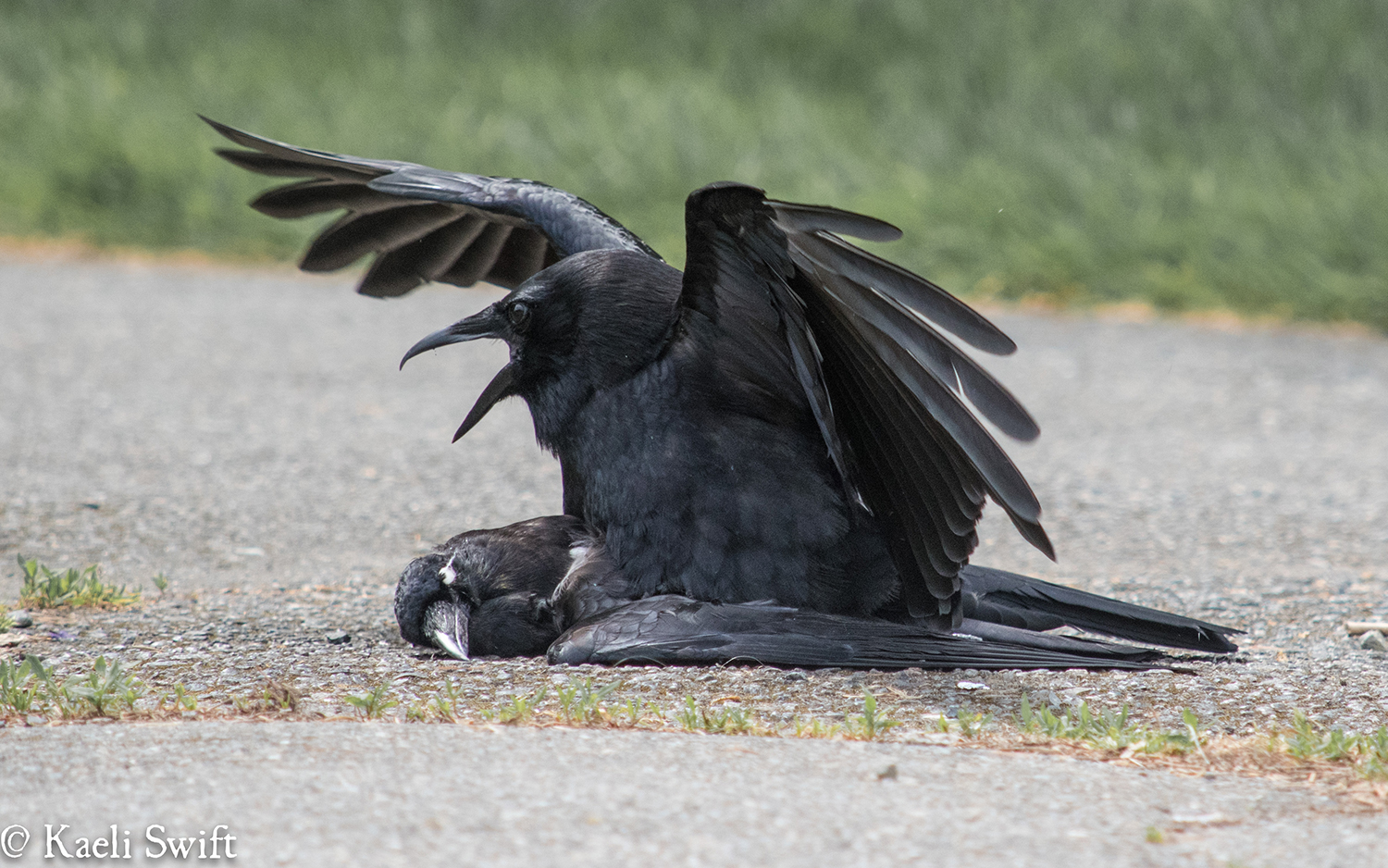
Crows can do some pretty amazing things. They use tools. They can solve puzzles. They also, sometimes, have sex with their dead. Scientists placed a dead crow on the ground and watched how other crows reacted. Some mounted the corpse, and...well, you get the picture. It's not clear why the crows were getting busy with the recently deceased, but it may have been a confused response mingling aggression with sex. [Read more about crow copulation]
Shaping up
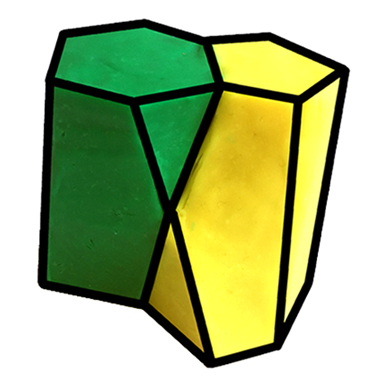
Triangles and spheres are cool and all but have you heard about the scutoid? This new shape, with its slanted sides and bent prism look is fancy, yes. Though we hadn’t known about it before, this shape likely exists within us. According to the scientists, some cells can form scutoids in order to pack tightly into the curves of our organs. [Read more about the scutoid]
Waiting in the sky
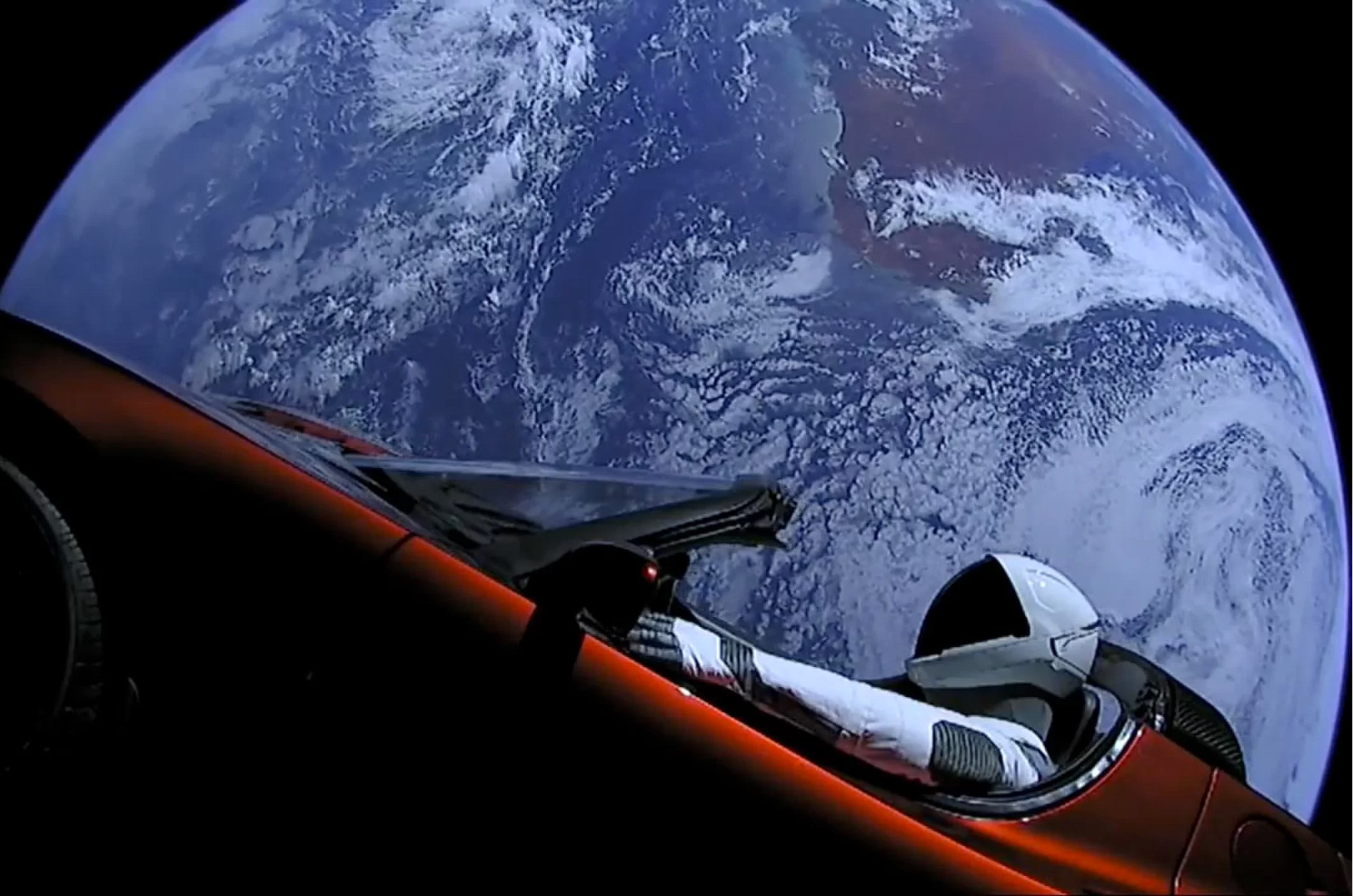
In February, SpaceX launched its first Falcon Heavy rocket. Its payload was stellar: a cherry-red Tesla Roadster that was "driven" by a mannequin called Starman. Elon Musk later told reporters that photos taken of the Tesla from space made the car look fake. But that's because light in space doesn't have to pass through air filled with dust particles and humidity, so photos there look crisper. [Read more about the orbiting Tesla]
Moldy chow
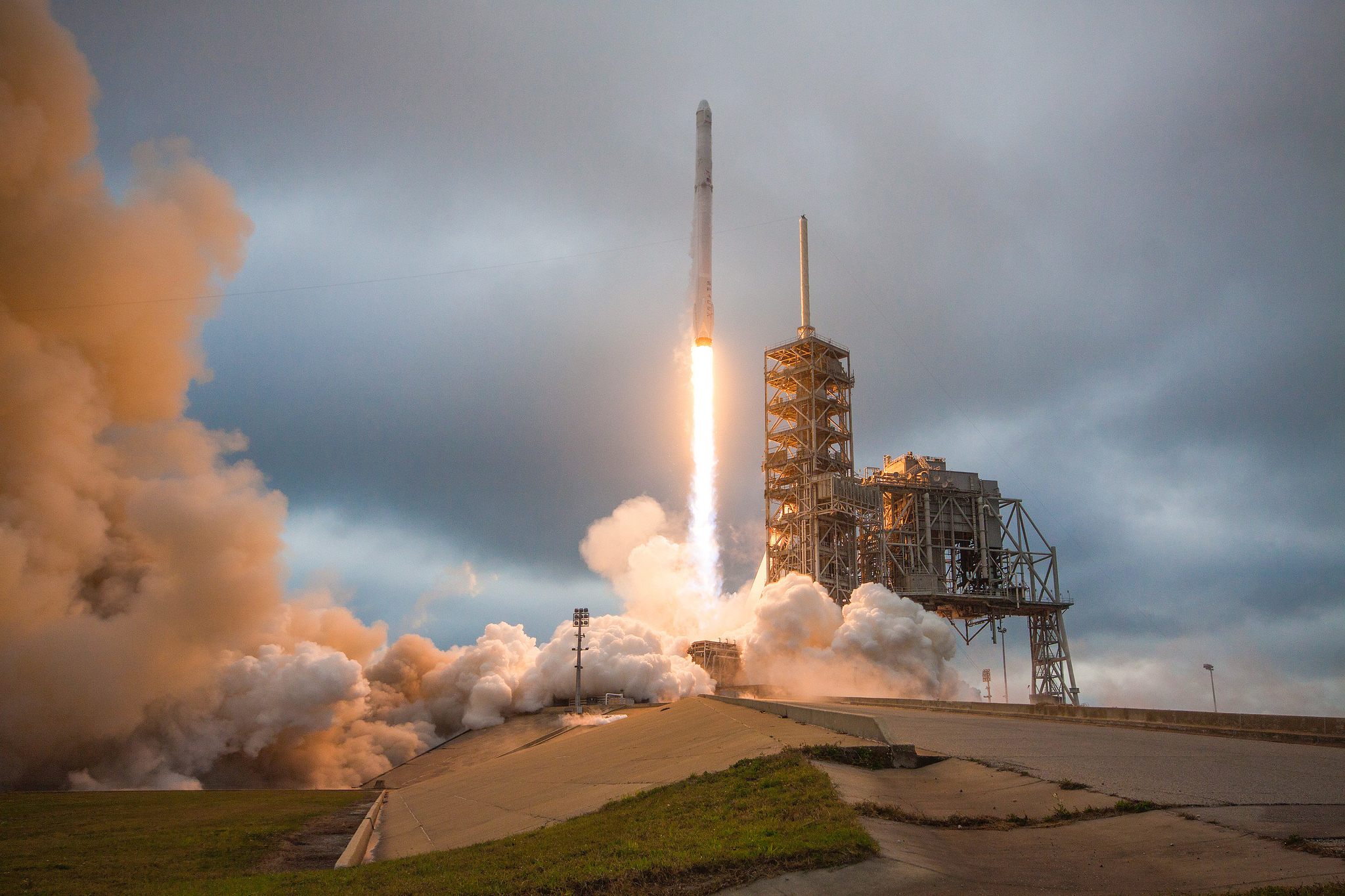
A massive SpaceX cargo launch to the International Space Station was delayed this year — because of moldy mouse food! Engineers noticed a bit of mold when they were loading mouse passengers on the spacecraft at the last minute, and they had to pull out a bunch of cargo to replace the rest of the chow in case it was also moldy. SpaceX personnel worked as fast as they could, but couldn't get it all unloaded and reloaded in time to avoid a 24-hour delay. [Read more about the delayed SpaceX launch]
Seal with an eel
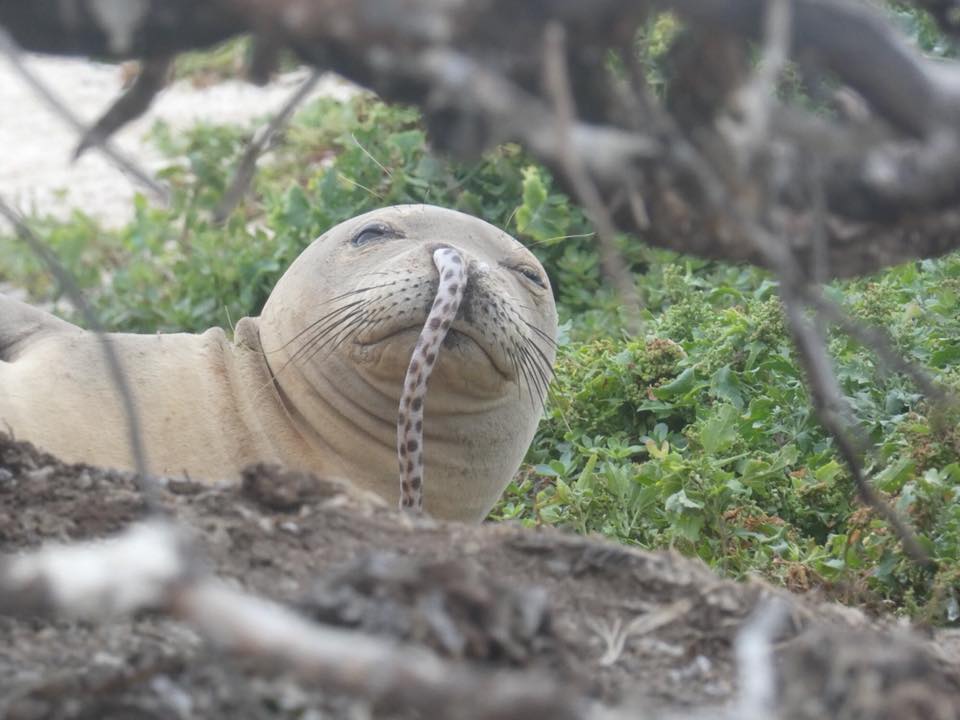
Things have been weird with eels and seals. Just look at this photo of an uncomfortable seal with a probably-as-uncomfortable eel stuck up its nose. Though this is a rare occurrence, it’s been getting more frequent in recent years and scientists have no idea why. They think the eels are either ramming into the seals’ nostrils out of panic or the seals are regurgitated their eel meals like humans snorting out spaghetti. [Read more about the seals and eels]
A blazing finale
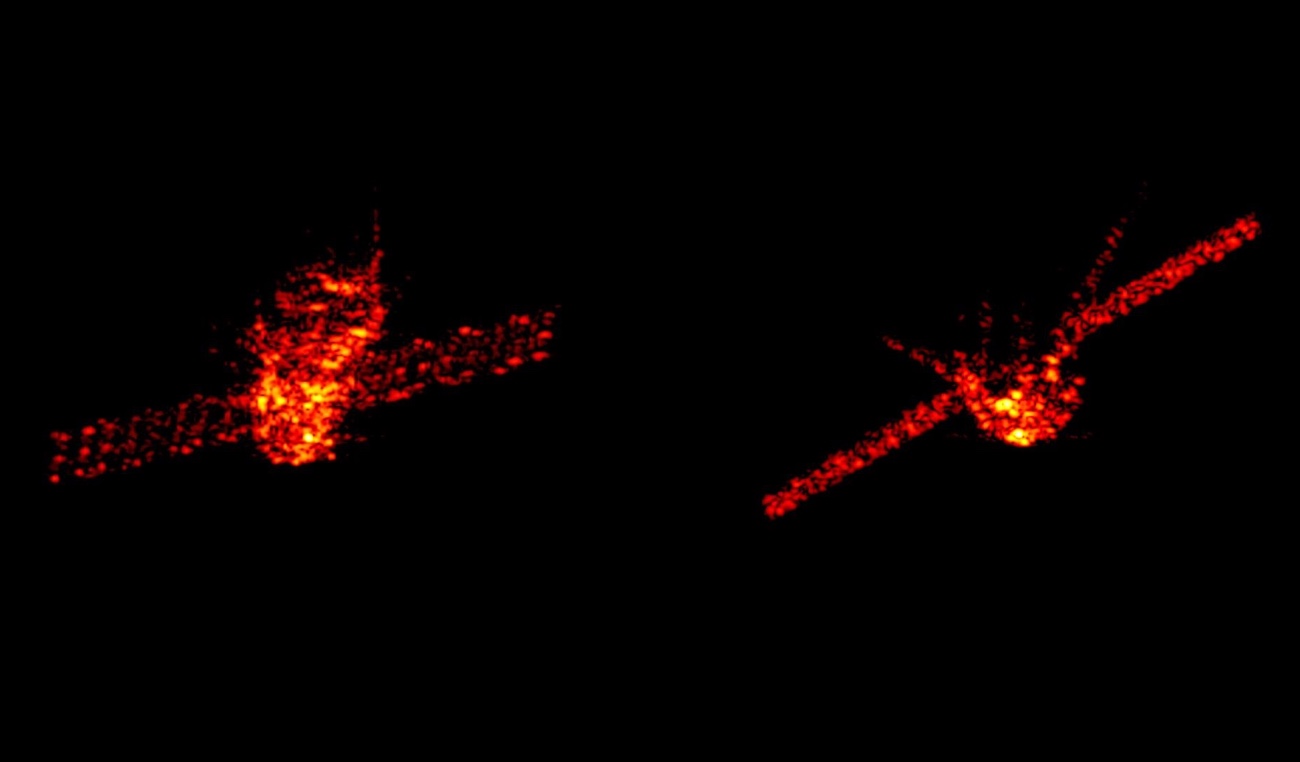
On April Fool's Day, an old Chinese space station called Tiangong-1 fell out of the sky. Nobody really knew where it was going to fall, because it was an uncontrolled reentry. Most of it burned up in the atmosphere on the way down, but some of the bigger pieces ended up in the South Pacific Ocean. [Read more about the space station's fiery end]
Heads on stakes
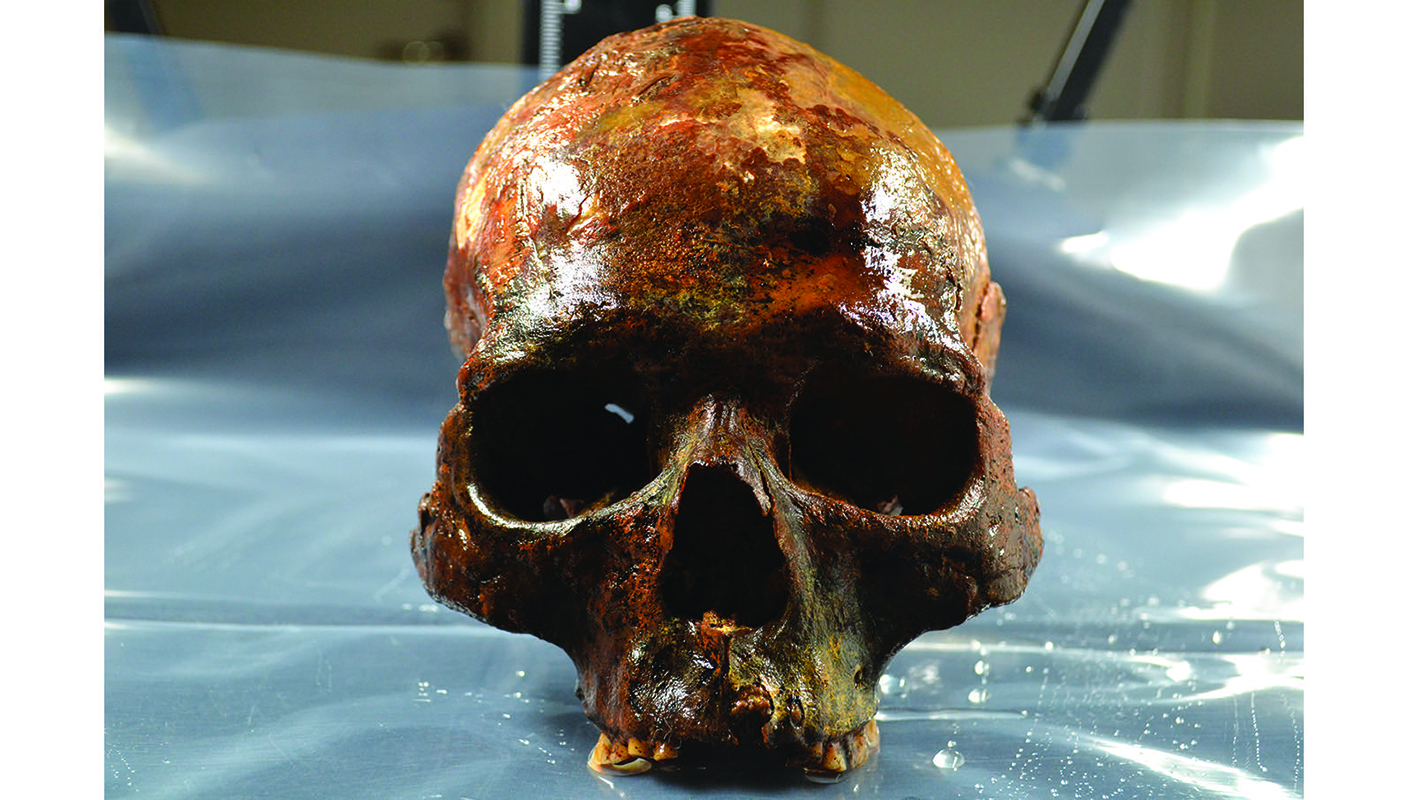
Archaeologists in Sweden found an 8,000-year-old burial containing battered and jawless human skulls, including two that still had pointed wooden stakes in them. The finding is mystifying — it's unclear who these people were and why they were buried on a rock pile underwater with dismembered animal bones. [Read more about the gruesome underwater graveyard]
Sign up for the Live Science daily newsletter now
Get the world’s most fascinating discoveries delivered straight to your inbox.
Too low
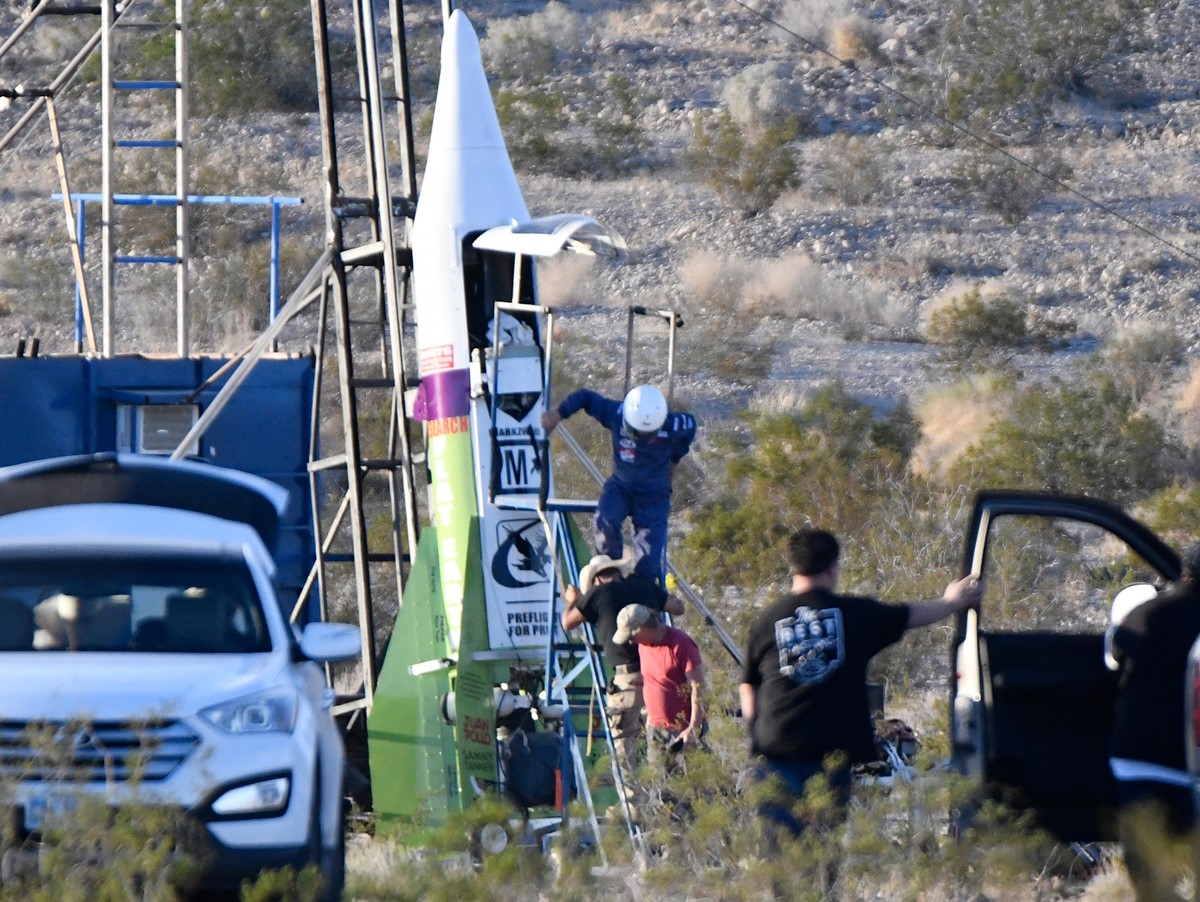
Back in March, a flat-Earther named "Mad" Mike launched himself on a homemade steam rocket on a mission to prove that the Earth is flat (which it's not). The 61-year-old man had taught himself rocket science and crowdfunded the money to build his rocket. He reached an altitude of nearly 1,900 feet, which is nowhere near the altitude where most airplanes fly. He said he'd try launching himself higher next time. [Read more about the DIY rocket]
Deep space light flashes
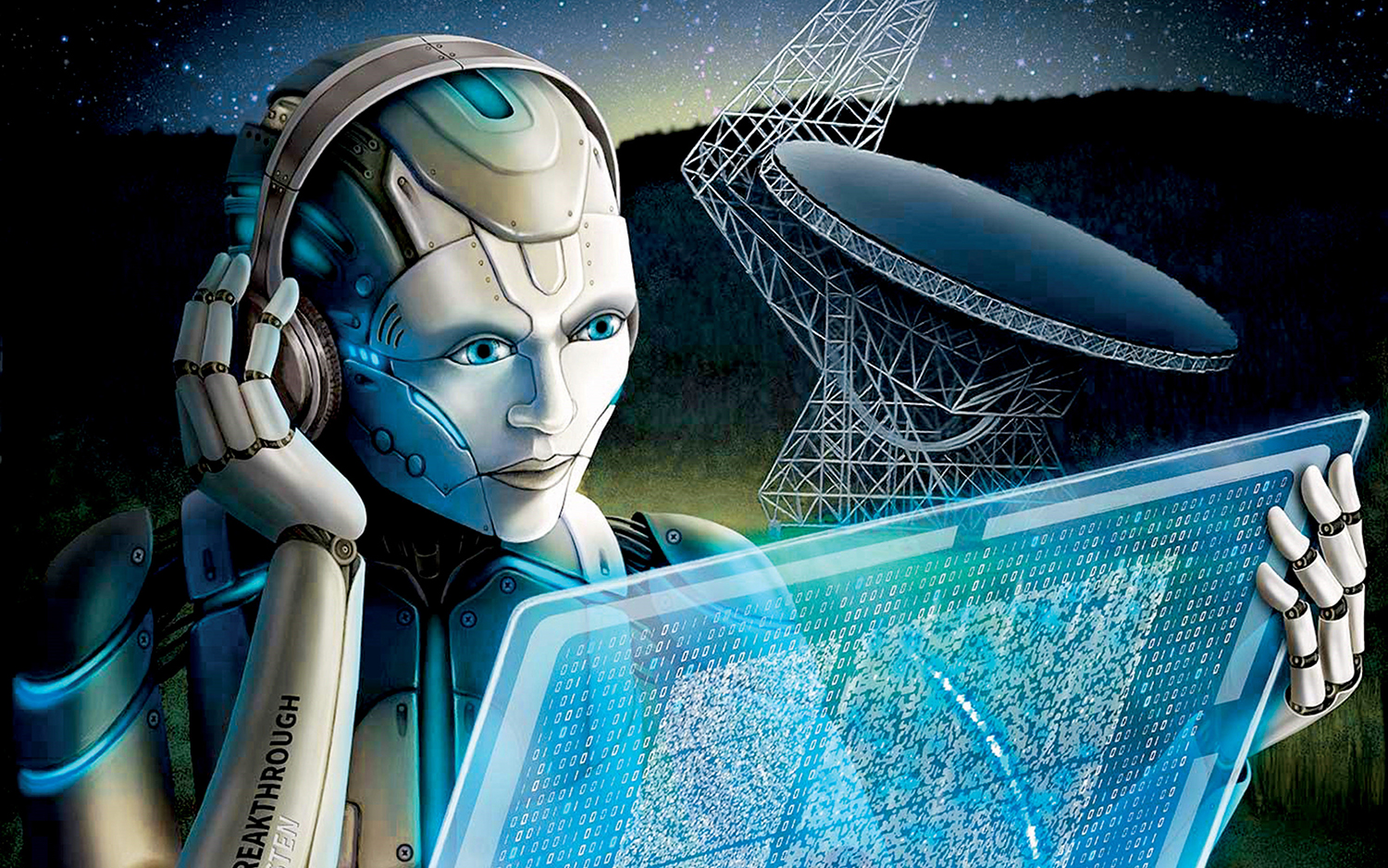
Is someone trying to tell us something?! Artificial intelligence is helping researchers crack the code of mysterious, fast bursts of radio light that blasted toward Earth from a dwarf galaxy 3 billion light-years away. 21 of the strange bursts were detected in one hour in 2017, and now a neural-net analysis reveals 72 more light flashes we missed, all on that same day. Scientists still don't know what natural process prompted the barrage of powerful blasts — but we definitely got the message. [Read more about the strange light bursts]
A generous toe-nation
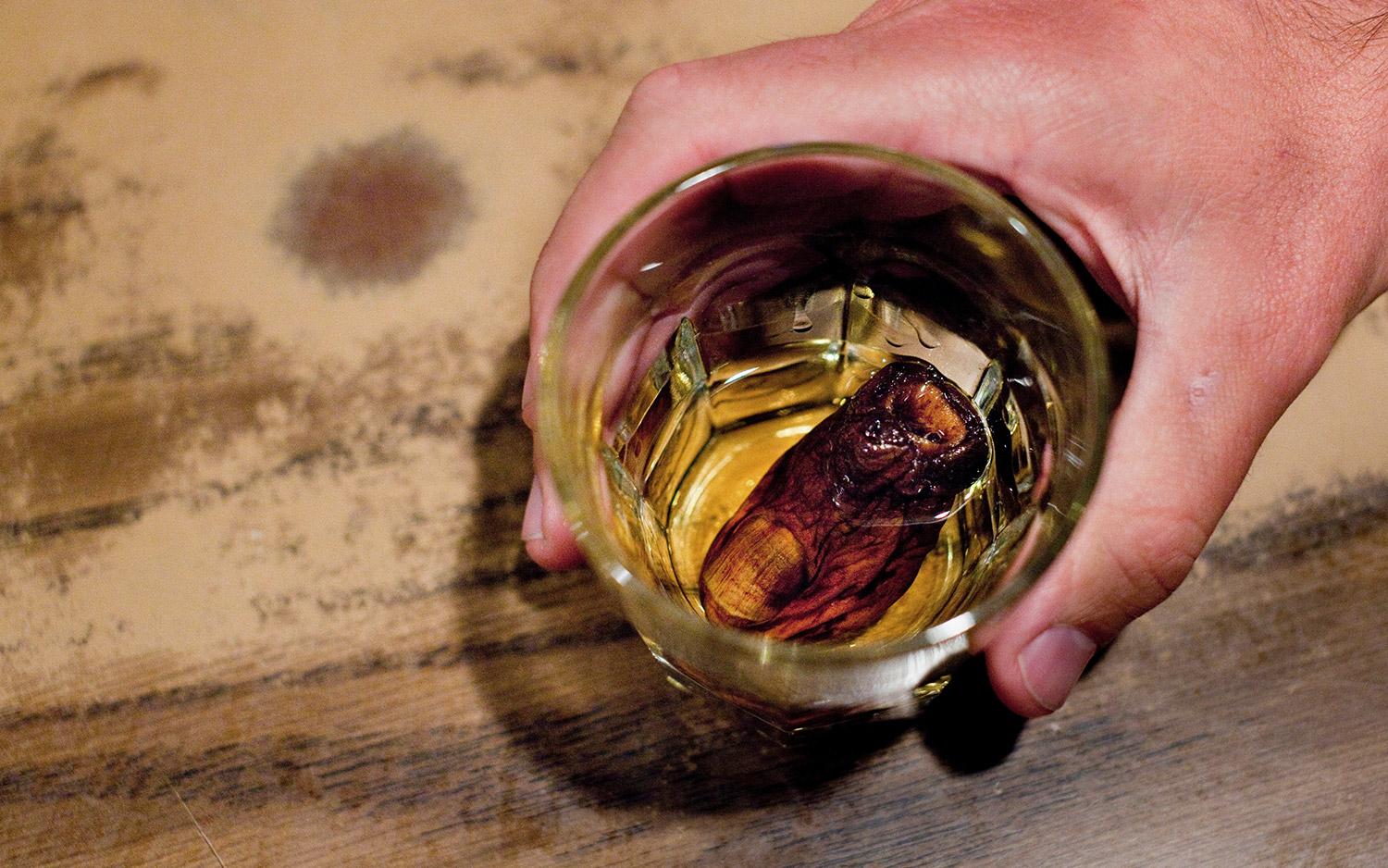
A man who lost three toes to frostbite made the toe-tally understandable decision to donate the amputated digits to a Canadian bar that serves an unusual beverage — it holds a mummified toe. The infamous "Sourtoe Cocktail" has been a signature drink at a remote Yukon bar for decades; you're supposed to finish the drink, but leave the dehydrated toe in the glass. [Read more about the peculiar cocktail]
Want more strange news? Check out our weekly Strange News Snapshot and catch up on past episodes on YouTube!
- The Strangest Science Findings of 2017
- The Weirdest Things That Fell From The Sky
- 27 Oddest Medical Case Reports
Originally published on Live Science.










